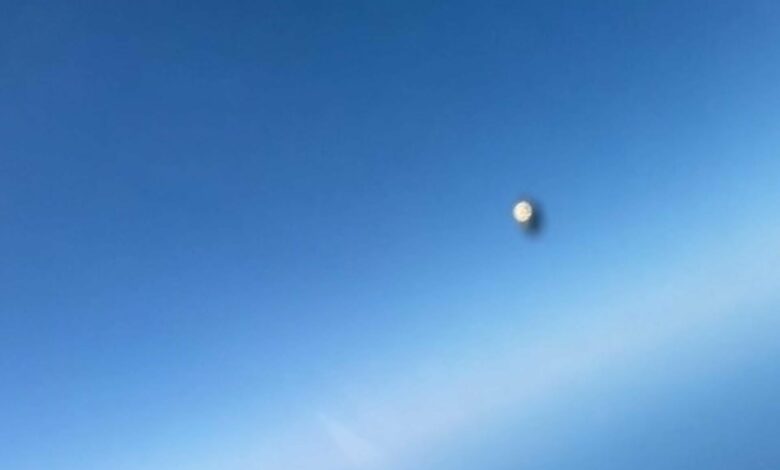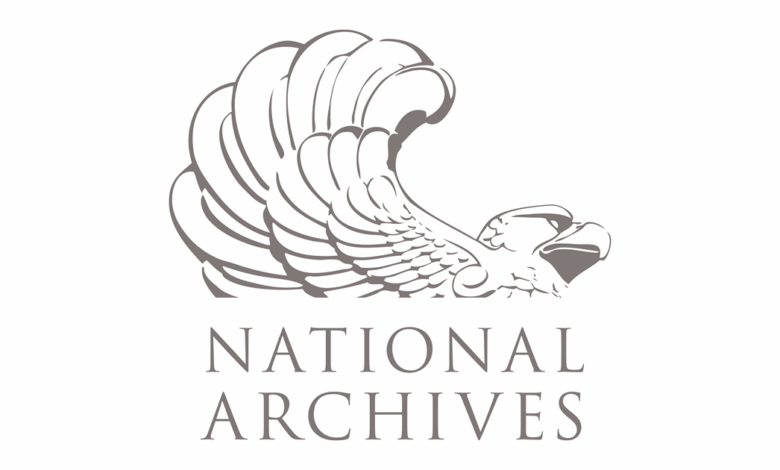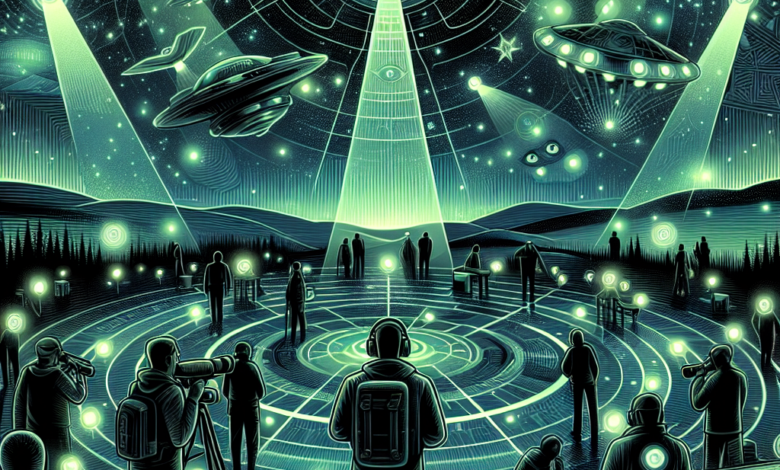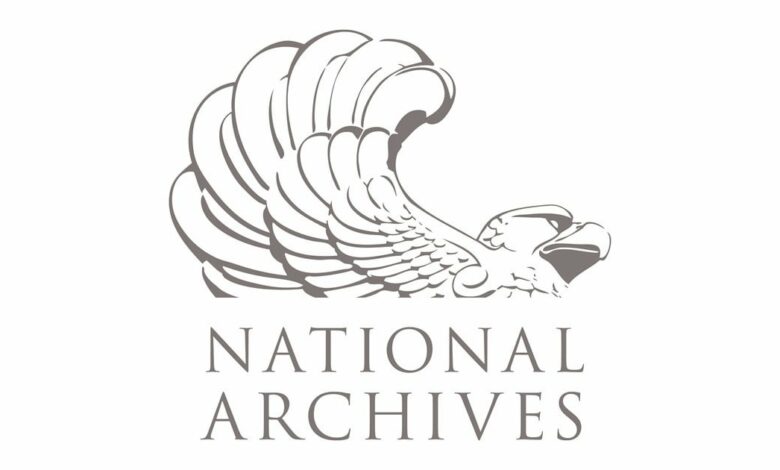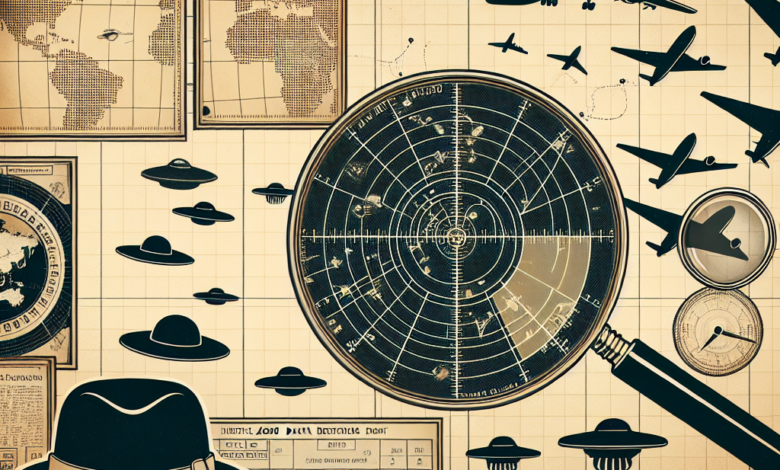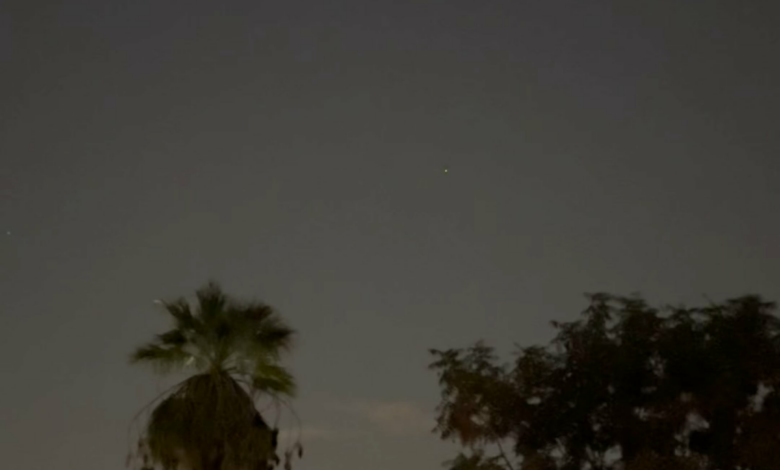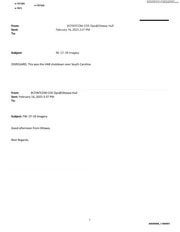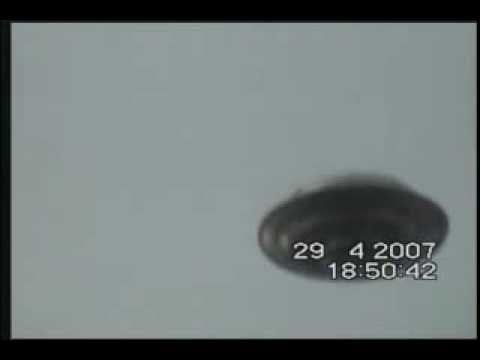Chris Mellon Criticizes AARO Over UFO Footage Secrecy Tensions Rise in U.S. Government’s UFO Disclosure Efforts In a recent article…
Read More »data
Inside the UAP Records Transfer Process: What Federal Agencies Are Revealing As interest in UFO sightings and UAP (Unidentified Aerial…
Read More »Elizondo Exposes Shocking Details Behind Missing UFO Evidence: What Really Happened to His Data?
In an exclusive email exchange, former Pentagon official Lue Elizondo sheds light on the mysterious disappearance of his evidence related to alien encounters. Despite his claims of holding critical information about a government program recovering extraterrestrial material, the data was found missing—raising serious questions about security and accountability. Discover the full story and Elizondo’s bold allegations in this eye-opening report!
Unveiling the Mystery: Lue Elizondo and the Missing Evidence in UFO Investigations Recent developments surrounding the investigation of UFO sightings…
Read More »Exploring UFO Sightings: A Community Initiative for Enhanced Monitoring The Need for Improved UFO Observation While I’m not based in…
Read More »A Closer Look at UFO Sightings and UAP Encounters: What to Expect Have you ever looked up at the night…
Read More »Delving into the Mystery of UFO Sightings: Seeking Air Traffic Data from the Past Have you ever found yourself gazing…
Read More »Uncovering the Mystery: Recent UFO Sightings in Tempe, AZ Caught on Camera: A Bright Encounter On the night of October…
Read More »New Revelations Confirm Recovery of UAP Over Dead Horse, Alaska: What We Know So Far In an intriguing turn of…
Read More »Department of Defense Whistleblowers at Risk Following Information Leak by Inspector General In a concerning development, the Department of Defense…
Read More »Engaging Video Sparks Curiosity: Seeking Additional Information and Translations A fascinating video has surfaced on the internet, gaining attention and…
Read More »
